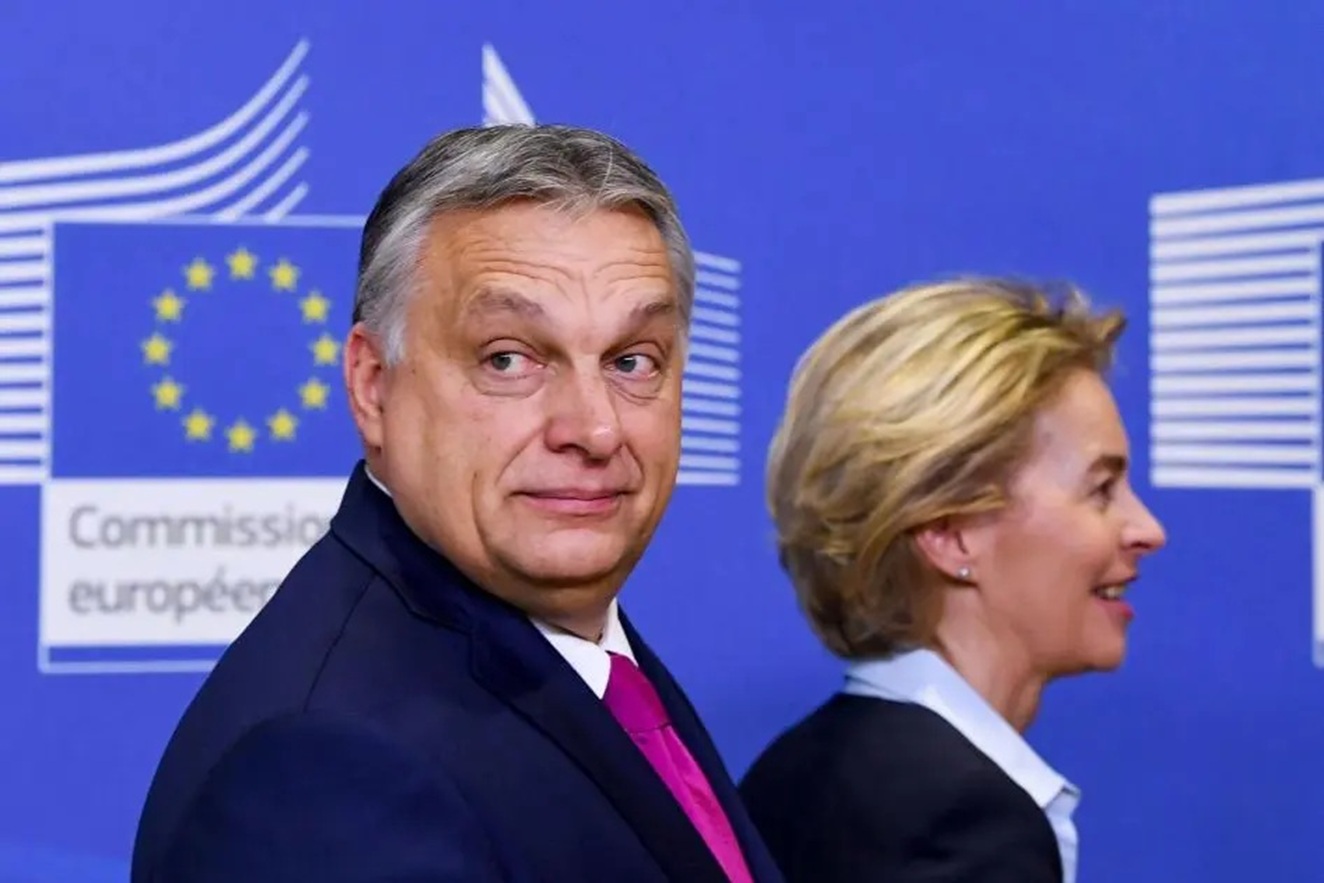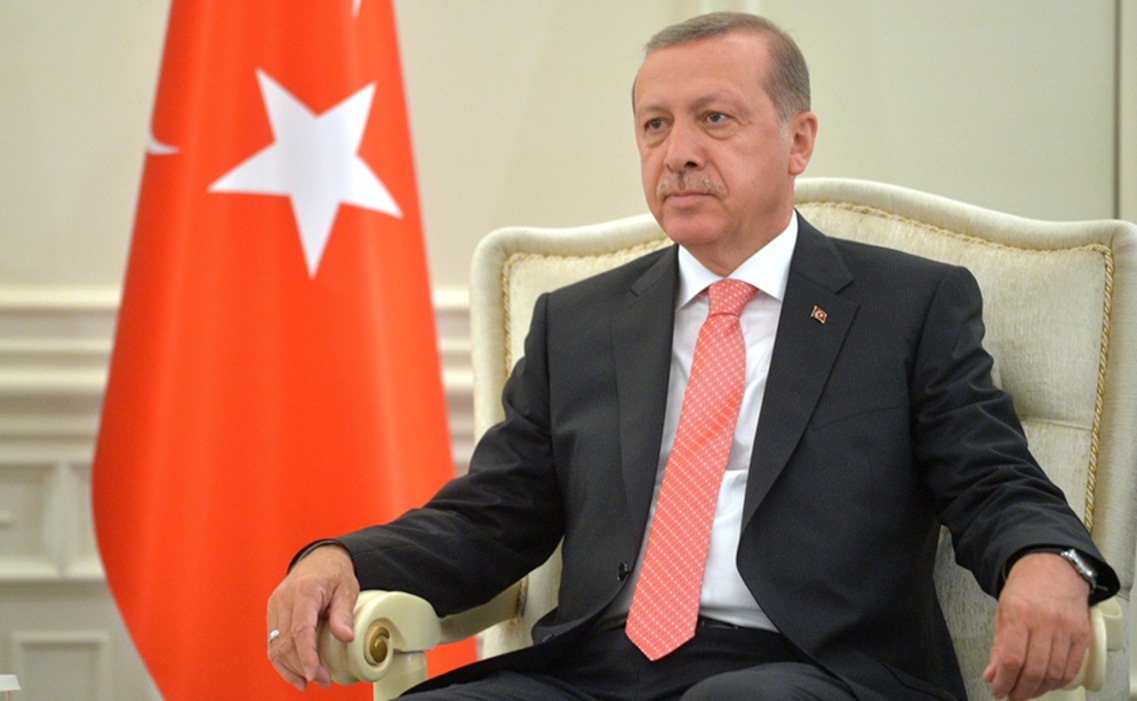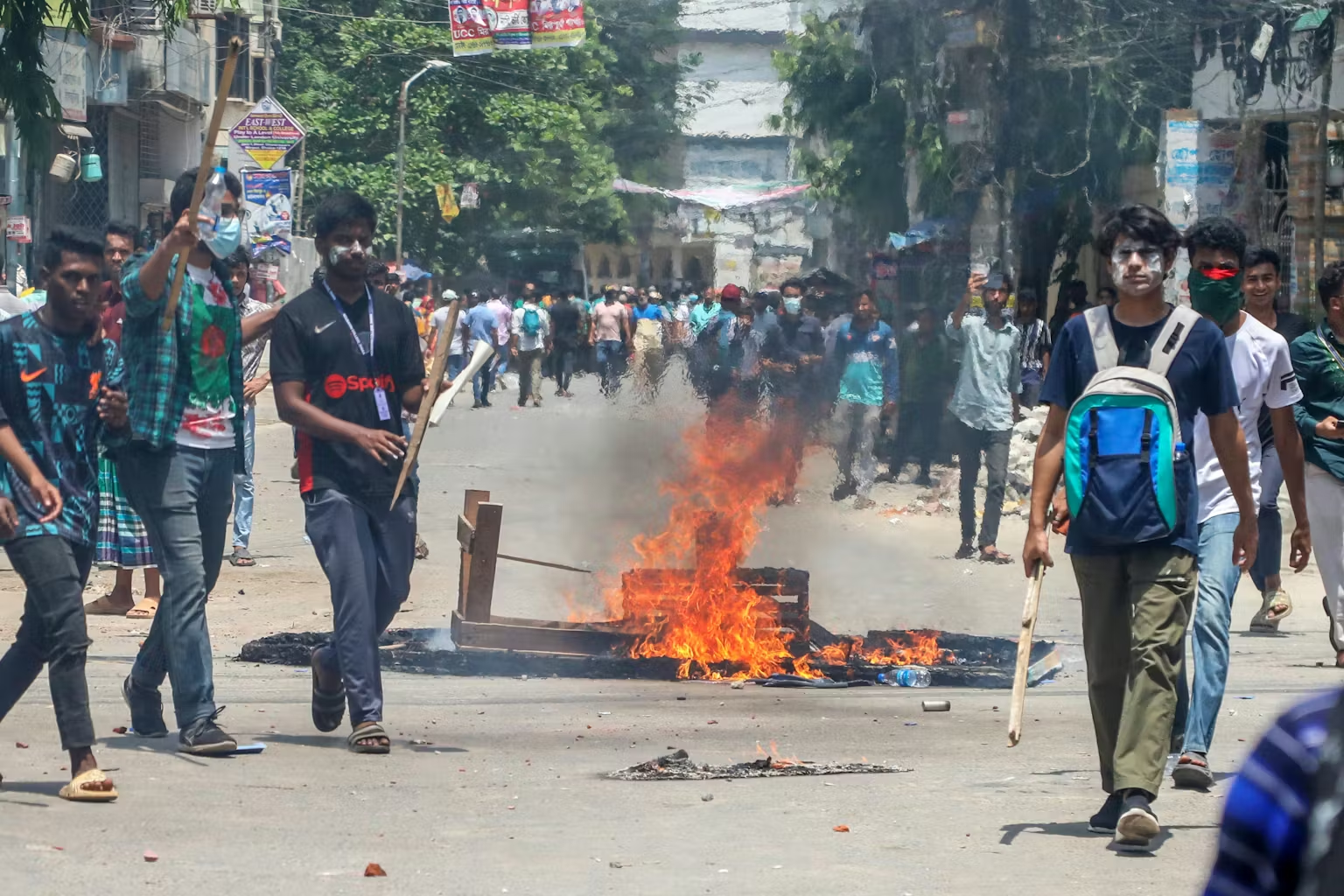Hungarian Foreign Minister Péter Szijjártó has recently stated on multiple occasions that « the future of Europe is impossible without Eurasia ». His Kyrgyz counterpart, Zheenbek Kulubaev, responded by saying that Hungary can now play a valuable role as a « bridge » between Europe and the Turkic community1.
This role opens up a wide range of strategic opportunities both for Europe, which is expanding its sphere of influence into a theatre it is unlikely to be familiar with, and for these Turkish-speaking democracies, which are keen to forge new strategic partnerships. To achieve this, Hungary now occupies a prominent place on the map of the Asian hub, giving it a unique position to connect the two parts of Eurasia.
Why is Europe interested in Central Asia?
Europe’s interest in Central Asia is not a recent development. Europe has always sought to seize the riches of Asia, a land it knows to be very attractive. Marco Polo, who at the end of the Middle Ages wanted to reach the Silk Roads, and Christopher Columbus, who wanted to find a new route to this promised land, are examples of this. Clearly, the quest, as the supreme good of Europeans, has always been to gain access to Asian commodities. Although these commodities have changed somewhat. Indeed, today we are no longer searching for spices, but rather strategic resources. Uranium, of which Kazakhstan is the world’s leading producer, Uzbekistan’s white gold (cotton), natural gas and oil from Azerbaijan2.
Apart from the convenience of being able to access its resources, there is also the need not to remain on the sidelines of what is happening today. Perhaps on 3 September 2025, we witnessed the presentation to the world of an inevitable shift, with Xi Jinping’s China, the pillar of the global economy, demonstrating its omnipotence in the face of a West that is tearing itself apart. This power, which has long been described as the « world’s factory », must be accessible to Europeans. It is not certain, but it is reasonable to think that, for the moment, Europeans may have no other way out of their economic decline than to gain better access to the Asian market.
The idea is no longer to rely on an America that is unpredictable and undermines economic momentum for its own benefit. If American isolationism plays into the hands of China-centred multilateralism, the fact remains that we need to be able to physically get closer to East Asia. But before we can hope to do so, the last obstacle to this approach remains Inner Asia, which is currently the focus of much attention.
Orbán : An Architect of a Re-approachement with Turkish Identity
Clearly, Hungary’s rapprochement with a Turkish past remains a complicated issue for many people. Based on a historical reading linking Attila’s arrival in Europe from the steppes in the 5th century. This civilisational narrative mobilised in retrospect is part of the politics of Viktor Orbán with an identity that assumes a Turkish narrative asserted in the international context.
Hungary joined the Organisation of Turkic States3 as an observer in 2018 (Tcholpon-Ata summit, Kyrgyzstan), a move that might appear curious given its status as a Central European, Christian-majority country. However, Hungary’s participation is rooted in Orbán’s emphasis on historical and cultural ties: the Hungarian language and early Magyar tribes are linked to the broader Ural-Altaic world, which includes Turkic peoples. This allows Orbán to frame Hungary as a « kindred nation » within the Turkic sphere, while also expanding Hungary’s diplomatic and economic options beyond the EU.
On the one hand, Orbán is using closer ties with Turkey as a domestic political tool. Promoting this heritage serves to reinforce his sovereignist discourse and to contrast an « Eastern identity » with a Western Europe described as decadent or in crisis. This rhetoric provides symbolic coherence to a foreign policy that is sometimes criticised as opportunistic. It also feeds into the narrative of Hungary as a « bridge between East and West », capable of dialogue with diverse civilisations. On the other hand, Hungary’s interest in the Organisation of Turkic States sends a strong political signal: with Budapest, it can now boast of having a European observer country.
Economy, Infrastructure and Specific Projects
There has been a clear development in trade between Hungary and OTS members, « which has increased by almost four times in the last couple of years, surpassing $5 billion for the first time »4. This growth represents a three- to four-fold increase in a decade, with a growth rate of 15 to 20 per cent per annum in recent years. It is also particularly interesting to note the diversification of partnerships with various members of the OTS. It has thus become the first non-neighbouring country to import natural gas from Turkey, while also receiving gas from Azerbaijan and engaging in oil production in Kazakhstan.
Beyond trade, Hungary has made significant financial commitments. In 2024, it joined the Turkic Investment Fund with a contribution of USD 100 million, becoming the first European Union country to participate in this mechanism. The Hungarian bank Eximbank has also opened nearly USD 1 billion in credit lines to support Hungarian companies operating in Central Asia. At the bilateral level, Budapest has agreed with Bishkek to create a USD 16 million development fund. Finally, Hungarian investments in Kazakhstan and Uzbekistan together exceed USD 800 million, particularly in the agro-industry, logistics and infrastructure sectors5.
The economic ties are complemented by intensified academic and cultural exchanges. The Stipendium Hungaricum programme attracts more than 5,000 applicants from Turkic countries each year, with nearly 900 receiving scholarships. In 2025, the creation of the Hungarian-Turkic University Alliance marks a major institutional milestone, with joint programmes in engineering, health, life sciences and water management. This educational cooperation contributes to the training of shared economic and scientific elites, consolidating Hungarian influence in the region.
Hungary: Pioneer or Trailblazer?
In April 2025, the European Union took a major step forward by organising its first-ever summit with the countries of Central Asia. Gathered on 4 April in Samarkand, European leaders and those of the five Central Asian republics met in a highly symbolic setting: this iconic city on the Silk Road, a crossroads of civilisations for centuries and deeply marked by its Turkic heritage.
The stated objective was to deepen economic, energy, logistics, digital and water cooperation, with the announcement of a €12 billion investment plan known as the Gateway Investment Package. This strategy aims to build a comprehensive partnership focused on trans-Caspian connectivity, access to raw materials essential for the green transition, and regional security and stability. In this context, several expanded partnership and cooperation agreements (EPCA) are being finalised: the agreement with Kyrgyzstan was already signed in 2024, while advanced negotiations are underway with Uzbekistan and Tajikistan.
Contrary to the EU’s collective approach, Hungary has chosen an autonomous and symbolic strategy: integration into Turkic world structures, joint investment funds, gas purchases in Azerbaijan, and an increase in references to identity and history. It presents itself as a diplomatic and cultural bridge between Europe and Eurasia. While no other European state has yet followed such a marked path, recent European initiatives show that Budapest is no longer alone in turning towards the Turkic world and Central Asia. The difference lies in the commitment: national and identity-based for Hungary, collective and strategic for the EU.
To answer our question, no, at present, no other European country is specifically « imitating » Hungary’s approach, which has actively sought closer ties with the Turkic world through institutional channels (observer status at the OTS, bilateral projects, targeted investments). However, the European Union as a whole is now taking broader, collective action towards Central Asia, with a new multifaceted strategy, which represents a significant development, but in a broader institutional form than Hungary’s national initiative.
Conclusion
The key points can be summarised as follows: Hungary appears to be a unique and strategic player in bringing Europe closer to the Turkic world and Eurasia. Through its historical, cultural and economic commitment, Budapest has positioned itself as a diplomatic bridge, an economic hub and a centre for academic and cultural exchange. Its participation in the Organisation of Turkic States, the development of bilateral trade and investment, and the establishment of educational and university programmes testify to the depth and consistency of this strategy.
Hungary’s trajectory illustrates both the opportunities and challenges facing a Europe seeking to boost its influence in Eurasia: a subtle balance between bold national initiatives and collective action, where history, identity and geopolitics combine to shape a unique role on the Eurasian stage.
A true missing piece in the European puzzle for opening up to Eurasia, Hungary is pursuing an independent, active and often bold strategy. It combines regional diplomacy, infrastructure investment, energy security and cultural cooperation to forge a unique place for itself in the Eurasian fabric. It remains to be seen whether this model can be sustainable within the EU and not perceived as a factor of internal fragmentation.
Title image courtesy: https://www.hrw.org/news
Disclaimer: The views and opinions expressed by the author do not necessarily reflect the views of the Government of India and Defence Research and Studies

References
1. Zheenbek Kulubaev, Hungary and the Turkic world: Opportunities for strategic partnership, Eurasia magazine, July 2025. https://eurasiamagazine.com/hungary-and-the-turkic-world-opportunities-for-strategic-partnership
2. Levystone Michaël, L’Asie centrale en 100 questions : au croisement des grandes puissances, Tallandier, 2025.
3. This forum for political, economic and cultural cooperation, described as a « Turkic-speaking European Union », is spreading its tentacles across Central Asia.
4. Organisation of Turkic States: Achievements, growth, and Hungary’s rôle – Interview with OTS Secretary General Kubanychbek Omuraliev, Dailynewshungary, March 2025. https://dailynewshungary.com/organization-of-turkic-states-achievements/
5. Lili Zemplényi, Hungary and the Turkic World — On a Thriving Relationship, Hungarian Conservative, November 2024. https://www.hungarianconservative.com/articles/politics/hungary-supreme-order-turkic-world-or ganization-turkic-states/






